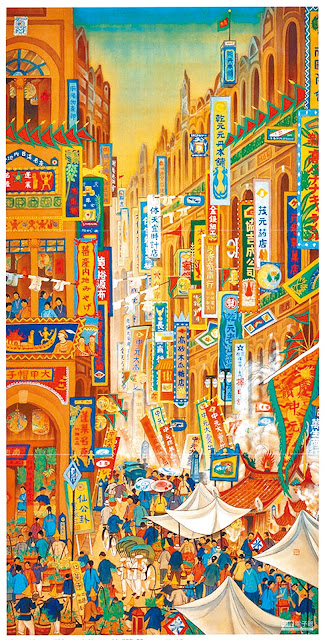UPDATES (Interpretation of 'Lustful' Short-Statured-People é-á-lâng 矮仔人 and Resentment) (Saisiyat Bon 米 and Ki 旗 - Holo Borrowed?)

HayDabin (解大賓)'s (crab 蟹) smoke pipe Source National Museum of Natural Science UPDATES 12/05/2023 From Crab 蟹 to worm-free 解 - 'On Record' a 118 years difference Taokas 1884 Saisiyat 2002 Crab symbolism is very different in Han Taiwanese and Indigenous Taiwanese culture. Crabs represent " success" in Chinese culture as the word for the crab's hard-shell 甲 also means "first place" and "best". Motif of crab is symbolism for scholarly success in imperial exams. A matching status for Scholar 曾 residence. https://katyhuiwenhung. blogspot.com/2023/02/symbolic- stone-ornament-pineapple-and. html?m=1 For Jade Mt indigenous groups Bunun, Tsou etc crab is heroic and revered. Crab, however, is significant in a very different way for two indigenous groups - Taokas and Saisiyat, Crab was a clan name. On record, it appeared Taokas Crab clan had a rather longer history than Saisiyat - Notable Crab clan man HayDabin 解大賓 1853-1920 (highest ra

